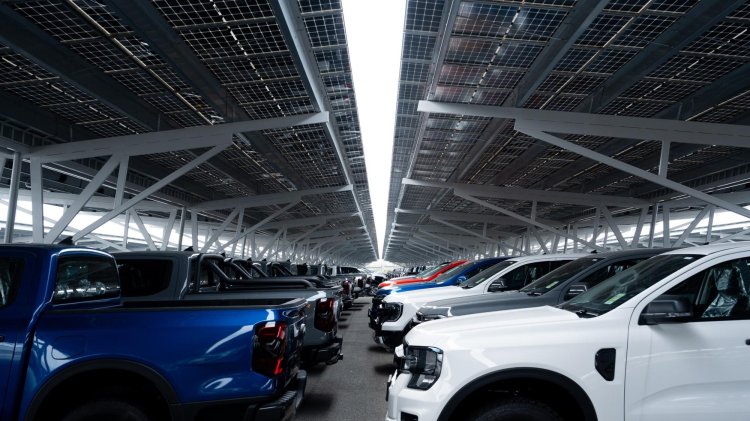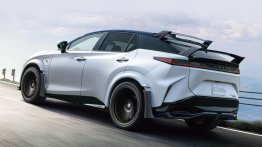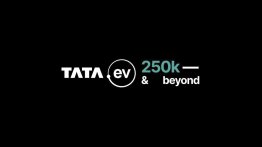Ford is making strides towards a sustainable future by aiming to source 100% carbon-free electricity for its global manufacturing by 2035. As of 2023, Ford has already achieved 70.5% carbon-free electricity in its manufacturing operations worldwide.
Key production facilities for the Ranger and Everest models in South Africa and Thailand are central to this initiative, utilizing extensive solar power systems. Notably, Ford's Silverton Assembly Plant in Pretoria, South Africa, and the Ford Thailand Manufacturing (FTM) facility feature the largest solar canopy carparks in their respective regions.
Renewable Energy Initiatives
At the Silverton Assembly Plant, a 13.5-megawatt solar carport, completed in 2022, provides parking for over 3,500 vehicles and supplies 18% of the plant's electricity. This solar carport enables the production of more than 20,800 Rangers annually using solar power.
Also Read: Ford Begins Mass Production of All-Electric Explorer in Cologne
In Thailand, FTM's 7.7-megawatt solar carport shelters more than 1,500 vehicles, reducing annual CO2 emissions by over 5,700 tons and supplying up to 20% of the energy required to produce each Ranger and Ranger Raptor. This setup allows for the solar-powered production of approximately 21,000 vehicles per year.
Further expanding its renewable energy efforts, Auto Alliance Thailand is constructing an 8-megawatt floating solar array near its Rayong facility, scheduled to be operational by September. This project will offset over 5,400 tons of CO2 emissions annually, complementing the existing 6-megawatt solar project and positioning AAT as Ford's largest solar energy user in the region with a total capacity of 14 megawatts.
Through these initiatives, Ford is not only advancing its sustainability goals but also setting a precedent for renewable energy use in the automotive industry.












